My first impressions of the new Mizuno Wave Sonic slow jogging shoes
| filed under: Slow Jogging, RNNROK, the new Mizuno Wave Sonic running shoes are made as racing flats and not as slow jogging shoes. But as slow jogging shoes I intend to use them. And also as erging shoes and as kettlebell swinging shoes and even as gym shoes and for 9Round kick boxing.Before now, the closest things I have owned were a very flashy pair of Mizuno Wave Musha 4 racing flats in shiny gold. These are much more demure.
My new pair of Mizuno Wave Sonic racing flats that I plan to use for my new Slow Jogging passion. Slow, forefoot and midfoot-running. I've always done this. It's natural for me.
The Mizuno Wave Sonic was not made for any of these things. The new Mizuno Wave Sonic was made as a replacement for their popular Ekiden and Hitogami racing flats.
The upper is really beautiful made with socklike Nike-like knitting. The shoe is pretty low drop and low cushion but it's not no drop but it only has a 4mm drop so it should work pretty well with what Hiroaki Tanaka, Ph.D., recommends.
One of the things I like the most is the all-rubber outer sole that looks and feels very durable since I feel like part of my slow jogging will be very shuffly. Lots of shuffling shuffles. Until I get better height.
They're Light
They're 9.5 ounces in my men's size 13 (the official weight is 7.7 ounces in men's size 9). While I don't need such a very light shoe as I am a big man, this is something that people like to know. Lots of Mizuno shoes are highly structured with plastic pieces and superstructures and infrastructures. Their Mizuno Wave Prophesy actually has a literally wave-shaped plastic sort of spring in the sole--very different from the Sonic.
Cushioning
This Mizuno Wave Sonic has only 23.3 millimeters of heel cushion and 16.8 millimeters of forefoot cushion.
I don't know what midfoot U4icX Wave construction is but I generally think stuff like that is bullshit. Mizuno describes U4icX foam to deliver a cushioned ride with higher rebound for a comfortable energized ride.
All I know is that this shoe is a lot less structured than all the other Mizuno shoes I've worn except for my beloved Mizuno Wave Musha 4s--I wore them at the gym and during personal training.
The outsole of the shoe contains the Mizuno X10 carbon rubber and is the star of this shoe. The Mizuno Wave Sonic is much more durable then most racing flats and that durability promotes using the shoe for more workouts then a typical racing shoe.
My Slow Jogging, Erging, & Kettlebell Shoe
It seems to me that this is the sort of shoe I can wear all day long, from my treadmill desk, allowing me to make my feet strong, to my Concept2 rowing ergometer where I can just strap these low 4mm drop shoes into the footplates and strap in, and then I can just get up and swing, deadlift, clean, press, and squat my kettlebells! And when I got to the gym, this the Mizuno Wave Sonics will give a lot of support for deadlifts and when I get to 9Round I will feel pretty good doing foot work.
And then, of course, outside so that I can get a very long, super-slow, slow jog.
FAQs (Focus on Slow Jogging Shoes)
-
What is slow jogging? Slow jogging is a low-impact, relaxed running method focused on improving endurance and fitness while minimizing stress on the body.
-
What makes a good shoe for slow jogging? A good slow jogging shoe should be lightweight, flexible, and have a low heel-to-toe drop, which helps encourage a natural, forefoot or midfoot strike.
-
What does the Slow Jogging Foundation recommend in a shoe? The Slow Jogging Foundation recommends shoes with a minimal drop (ideally 0-4mm), good flexibility, lightweight design, and moderate cushioning to allow for natural foot movement and comfort during long, slow runs.
-
How does a low heel drop benefit slow jogging? A low heel drop helps promote a forefoot or midfoot strike, which aligns with the principles of slow jogging, reducing stress on the knees and joints.
-
Do slow jogging shoes need to be heavily cushioned? No, slow jogging shoes typically do not require heavy cushioning. Moderate cushioning is sufficient to provide comfort while maintaining the natural foot mechanics promoted by slow jogging.
-
Is a specific type of sole important for slow jogging? Yes, a durable, flexible rubber outsole is important for slow jogging to ensure longevity and grip during long, low-intensity runs.
-
How should slow jogging shoes fit? Slow jogging shoes should fit snugly but not tightly, allowing room for natural foot expansion during runs without causing blisters or discomfort.
-
Can racing flats be used for slow jogging? Racing flats like the Mizuno Wave Sonic can be used for slow jogging due to their lightweight, low-drop design, but they may not have the long-term durability of shoes designed specifically for this purpose.
-
Why is flexibility important in slow jogging shoes? Flexibility allows the foot to move naturally, which is key in slow jogging to promote proper form and avoid unnecessary strain on muscles and joints.
-
What is the role of shoe weight in slow jogging? Lightweight shoes help reduce fatigue during extended sessions of slow jogging, making them an important factor for comfort and efficiency.
-
Should slow jogging shoes be different from running shoes? While some running shoes can be used for slow jogging, shoes specifically designed for slow jogging often emphasize lower drop and more natural foot movement.
-
Are minimalist shoes suitable for slow jogging? Minimalist shoes can be suitable for slow jogging if they provide the necessary balance between flexibility, comfort, and durability for long-duration activity.
-
How often should slow jogging shoes be replaced? Like regular running shoes, slow jogging shoes should be replaced every 300-500 miles, depending on wear and tear, to maintain proper support and cushioning.
-
Are slow jogging shoes suitable for walking as well? Yes, many slow jogging shoes are versatile enough for walking due to their focus on comfort and natural movement.
-
Can I use slow jogging shoes for other gym activities? Yes, slow jogging shoes can be used for various gym activities like kettlebell workouts or light weightlifting due to their flexible, supportive design.
-
Do slow jogging shoes work on a treadmill? Yes, slow jogging shoes are often ideal for treadmill running due to their lightweight and supportive nature, which suits the repetitive motion on treadmills.
-
Should slow joggers avoid shoes with high arch support? High arch support is typically not necessary for slow jogging, as a more neutral shoe encourages better natural foot function.
-
What brands make shoes suitable for slow jogging? Brands like Mizuno, Altra, and New Balance produce shoes that are often favored by slow joggers for their low drop, flexibility, and comfort.
-
How should I break in slow jogging shoes? Gradually increase the time you spend wearing the shoes, starting with shorter sessions and allowing your feet to adjust before taking on longer slow jogging distances.
-
Can slow jogging shoes be used in different weather conditions? Yes, but ensure that the outsole provides enough grip for wet or uneven surfaces, as some slow jogging shoes may have less traction compared to traditional running shoes.
Glossary
-
Slow Jogging: A low-impact, relaxed running technique focused on maintaining an easy, sustainable pace.
-
Heel-to-Toe Drop: The height difference between the heel and the forefoot of a shoe, crucial for encouraging natural running mechanics in slow jogging.
-
Forefoot Strike: A running technique where the forefoot touches the ground first, promoting better shock absorption in slow jogging.
-
Midfoot Strike: A style of running where the middle part of the foot makes contact with the ground, often encouraged in slow jogging.
-
Cushioning: The material in a shoe that absorbs shock and provides comfort, important in moderate amounts for slow jogging shoes.
-
Minimalist Shoes: Shoes designed with minimal cushioning and structure to allow natural foot movement, sometimes favored for slow jogging.
-
Racing Flats: Lightweight shoes designed for speed but sometimes repurposed for slow jogging due to their low weight and minimal structure.
-
U4icX Foam: Mizuno's proprietary midsole material designed to provide a cushioned yet responsive feel, found in the Wave Sonic.
-
Durability: The ability of a shoe to withstand wear and tear over time, crucial for slow jogging shoes that are used frequently.
-
Outsole: The bottom part of the shoe that makes contact with the ground, made of durable rubber in slow jogging shoes for better grip and longevity.
-
Tread Pattern: The design on the outsole of a shoe that affects grip and traction, important in slow jogging shoes for varied terrain.
-
Flexibility: The ability of the shoe to bend with the foot's natural movement, essential for slow jogging comfort.
-
Low Drop: Refers to a shoe with minimal heel-to-toe height difference, ideal for slow jogging to promote a natural foot strike.
-
Breathable Mesh: A lightweight material used in shoe uppers that allows airflow, keeping the foot cool during slow jogging.
-
Midsole: The cushioning layer between the insole and the outsole, often designed to provide comfort and support in slow jogging shoes.
-
Foot Strike: The point where your foot first makes contact with the ground, crucial in determining the right type of shoe for slow jogging.
-
Shuffling: A slower, less pronounced running motion common in slow jogging, which can affect shoe wear.
-
Natural Foot Movement: The unencumbered, flexible movement of the foot during activity, important in the design of slow jogging shoes.
-
Wave Technology: Mizuno's signature technology, designed to provide both cushioning and stability in their shoes.
-
Arch Support: The part of the shoe designed to support the arch of the foot, which in slow jogging shoes is often neutral to encourage natural foot mechanics.
My Brand New Mizuno Wave Sonics
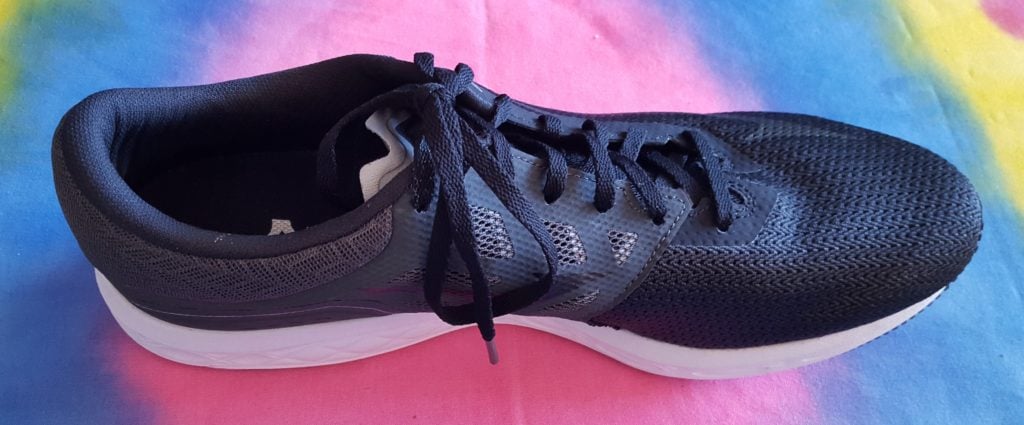


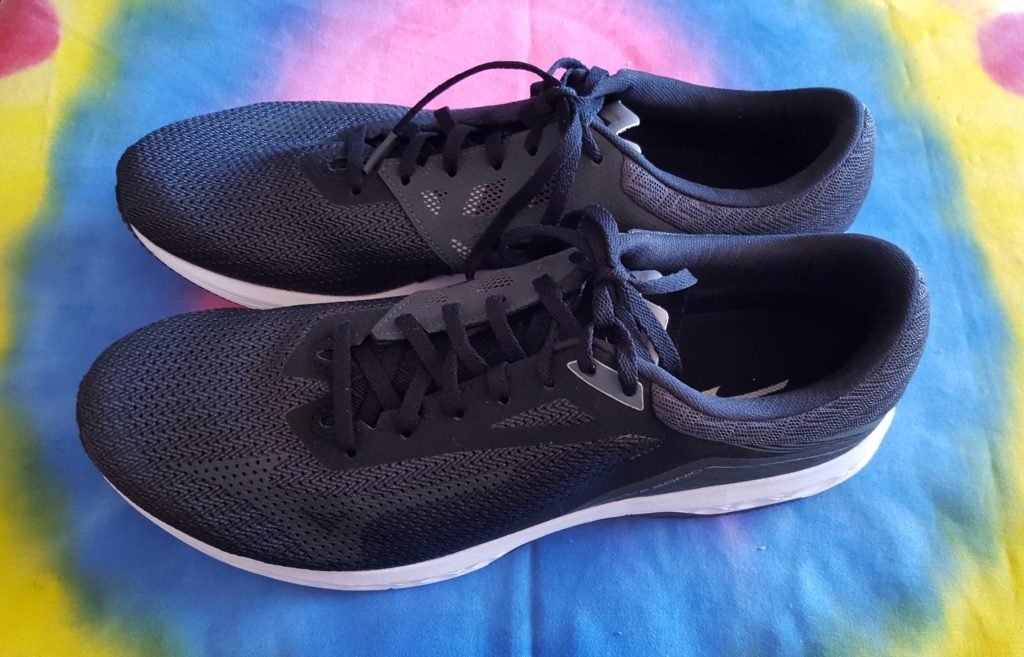

My Past Mizunos

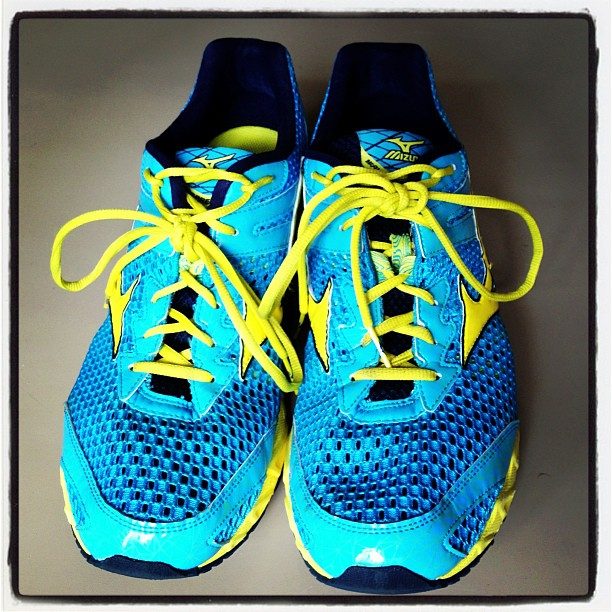
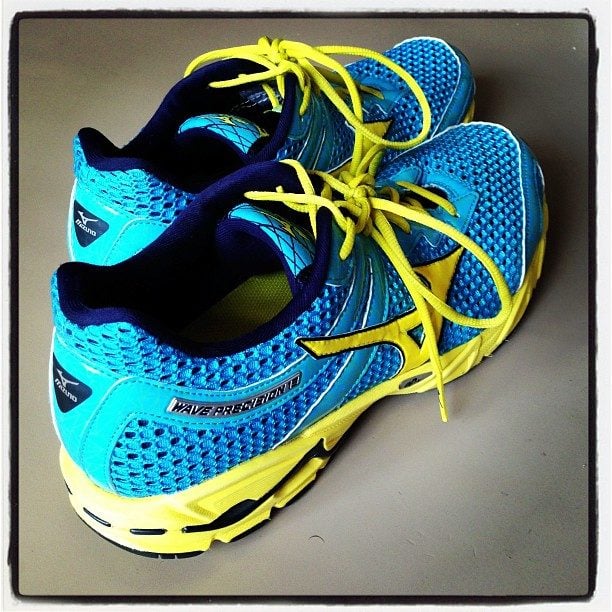
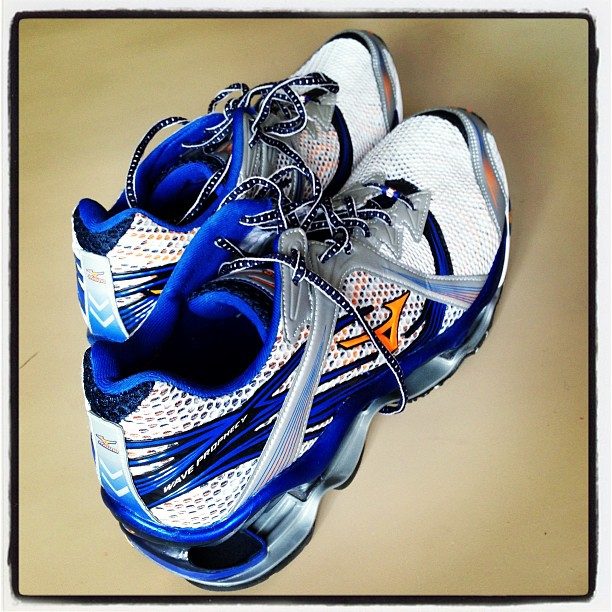
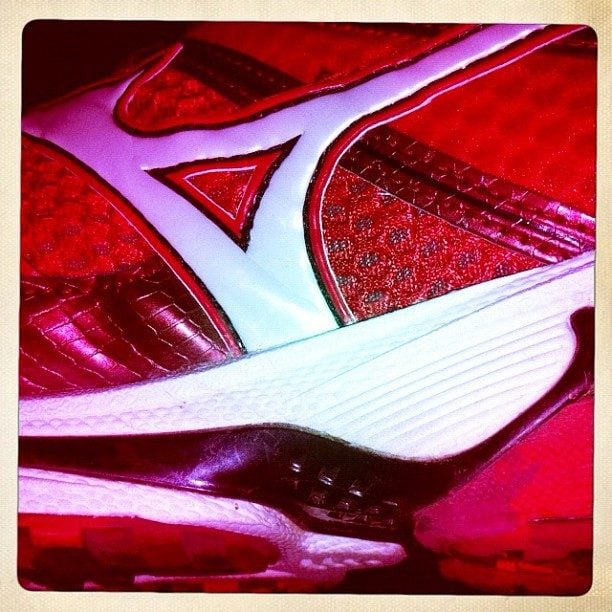
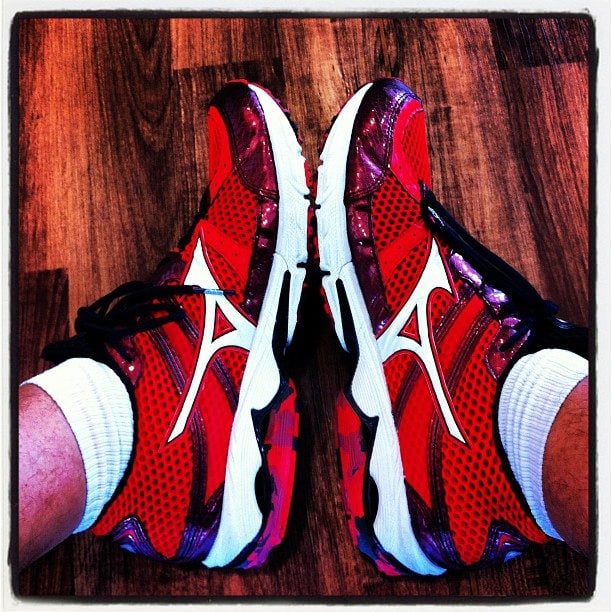

What ChatGPT Thinks
The Mizuno Wave Sonic slow jogging shoe is designed for runners who prefer a slower pace, with a focus on comfort and support. The shoe features a Wave midsole technology that provides cushioning and stability, as well as a breathable mesh upper for ventilation and comfort. The outsole is made of durable rubber with a zig-zag pattern for improved traction and grip.
One of the notable features of the Wave Sonic shoe is its lightweight design, which can be beneficial for runners who prefer a minimalist shoe. Additionally, the shoe has a low drop, which means that the heel is close to the ground, providing a more natural foot strike.
Overall, the Mizuno Wave Sonic slow jogging shoe appears to be a good choice for runners who prefer a slower pace and value comfort and support. However, it's important to note that everyone's feet are unique, and what works for one person may not work for another. It's important to try on the shoe and test it out before committing to a purchase to ensure that it meets your individual needs and preferences.
What Bard Thinks
I've been running in the new Mizuno Wave Sonic slow jogging shoes for a few weeks now, and I'm really impressed with them. They're lightweight and responsive, and they provide excellent cushioning. I also like the fact that they're very flexible, which makes them comfortable to wear for long runs.
One of the things I like most about the Wave Sonic shoes is the way they feel on my feet. They're very snug and supportive, but they're not too tight. I also like the way they look. They're stylish and understated, which is important to me.
Overall, I'm very happy with the new Mizuno Wave Sonic slow jogging shoes. They're a great choice for runners who are looking for a lightweight, responsive, and comfortable shoe.
Here are some of the pros and cons of the Mizuno Wave Sonic slow jogging shoes:
Pros:
- Lightweight and responsive
- Excellent cushioning
- Very flexible
- Snug and supportive
- Stylish and understated
Cons:
- Can be a bit pricey
- Not as durable as some other running shoes
Overall, I think the Mizuno Wave Sonic slow jogging shoes are a great choice for runners who are looking for a lightweight, responsive, and comfortable shoe. They're not the most durable shoes on the market, but they're a great value for the price.

